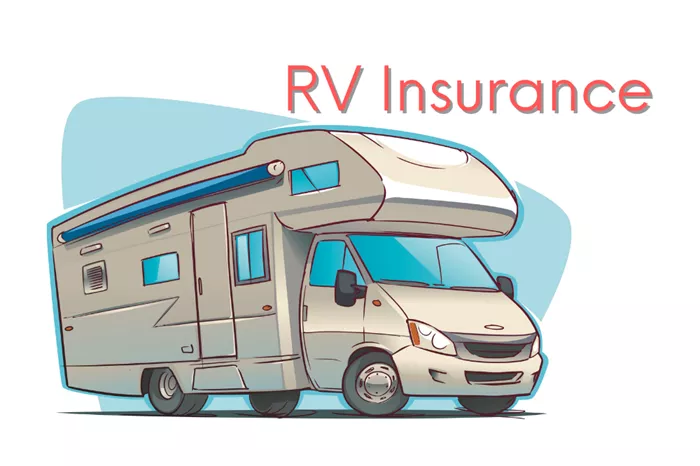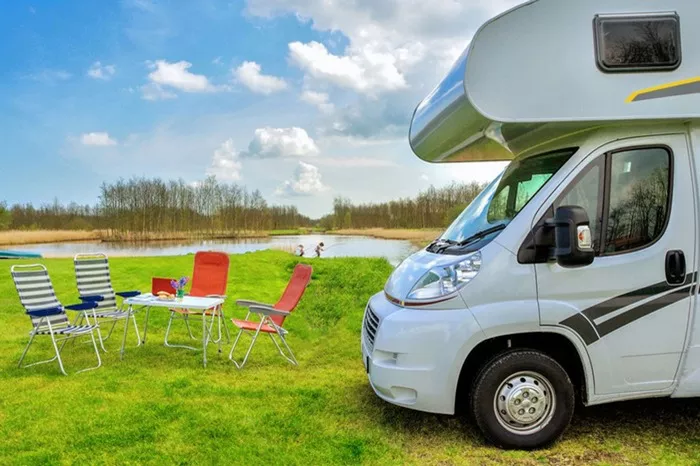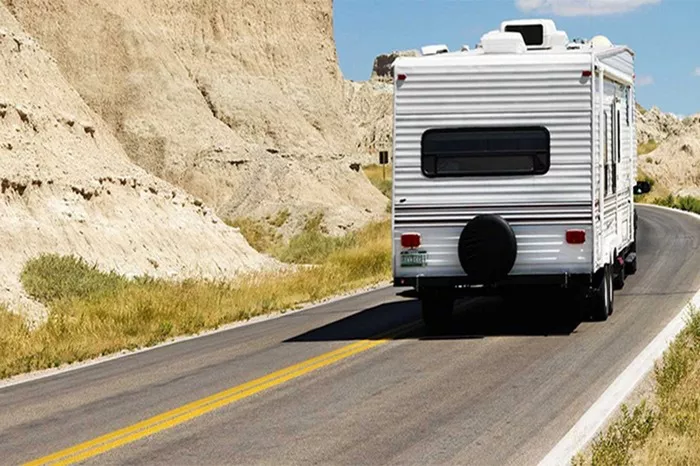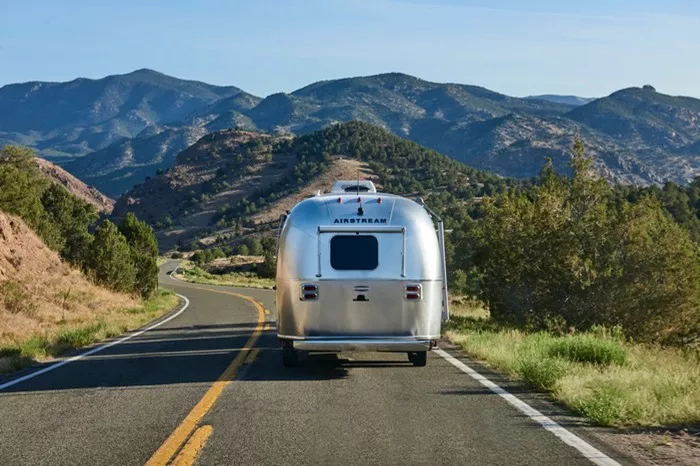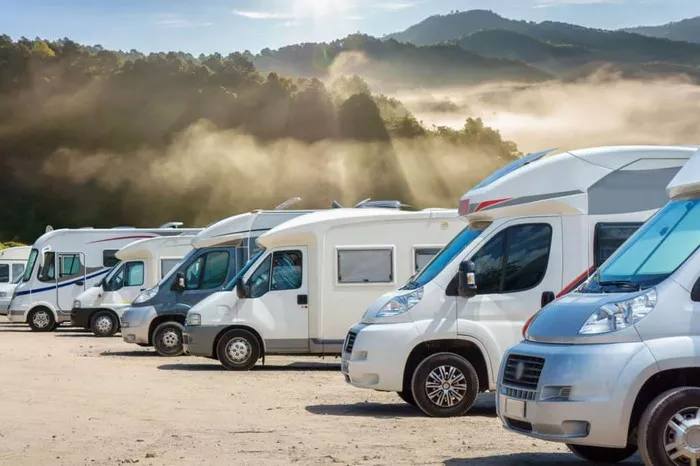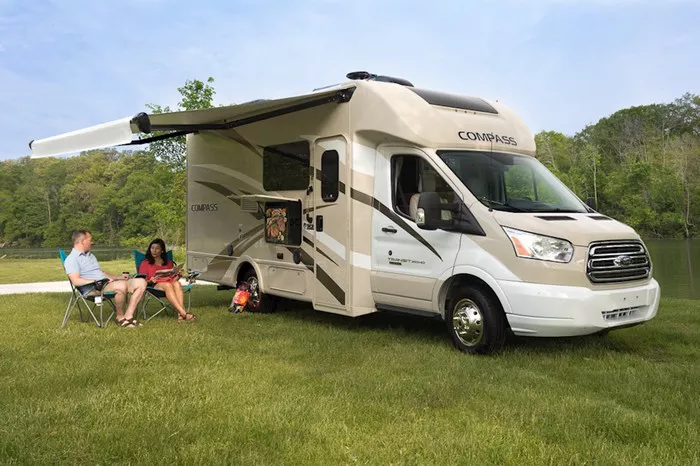Recreational vehicles (RVs) are a popular choice for those who love to travel and explore. They offer a home-like experience on the road but also come with their own set of challenges, including water damage. Understanding whether RV water damage is covered by insurance is crucial for RV owners.
Types of RV Insurance Coverage
1. RV Insurance Basics
RV insurance is designed to protect your vehicle and its contents. The type of coverage you have can influence whether water damage is covered.
Liability Insurance
Liability insurance covers damage you cause to other people and property. It does not cover damage to your own RV or its contents.
Collision Coverage
Collision coverage pays for damage to your RV resulting from a collision with another vehicle or object. It does not typically cover water damage.
Comprehensive Coverage
Comprehensive coverage protects against non-collision-related damages. This includes damage from natural disasters, theft, and vandalism.
2. Understanding Comprehensive Coverage
Comprehensive coverage is the most relevant when it comes to water damage. It covers a broad range of incidents.
Flood Damage
Comprehensive coverage may include protection against flood damage. This means if your RV is damaged by floodwaters, the repairs might be covered.
Burst Pipes
Damage caused by burst pipes is also potentially covered under comprehensive coverage. This includes water damage resulting from internal plumbing issues.
Leaks and Drips
If water damage occurs due to leaks or drips from outside sources, it may be covered. This is subject to the terms of your policy.
Factors Affecting Coverage for Water Damage
1. Cause of the Water Damage
The cause of the water damage plays a significant role in determining whether your insurance will cover it.
Natural Disasters
Damage caused by natural disasters, such as hurricanes or heavy rain, is typically covered under comprehensive insurance. Ensure you review your policy for specifics.
Maintenance Issues
Water damage resulting from poor maintenance or lack of repairs is usually not covered. Insurance policies often exclude damages due to neglect.
Accidental Damage
Accidental water damage, such as a water tank leak, might be covered if it falls within the scope of your policy’s comprehensive coverage.
2. Policy Exclusions
Insurance policies come with exclusions that specify what is not covered. Understanding these exclusions is important.
Wear and Tear
Wear and tear from aging or poor upkeep is generally excluded. Water damage resulting from this type of wear is typically not covered.
Pre-existing Conditions
Damage that existed before purchasing the insurance policy is usually not covered. Ensure any existing issues are resolved before filing a claim.
Inadequate Repairs
If previous repairs were not done properly, resulting in further water damage, this might not be covered. Proper maintenance and repair are crucial.
3. RV Age and Condition
The age and condition of your RV can affect coverage. Older RVs may have different coverage options compared to newer models.
Older RVs
Older RVs might be more prone to water damage due to age-related wear. Insurance coverage for these issues can vary, and some policies might have limitations.
Condition of the RV
The condition of your RV at the time of damage can impact coverage. Regular maintenance can prevent issues that might not be covered.
Steps to Take After Water Damage
1. Assess the Damage
The first step after experiencing water damage is to assess the extent of the damage. Proper assessment is essential for filing a claim.
Inspect for Visible Damage
Check for visible signs of water damage, such as stains, mold, or warped materials. Document these findings thoroughly.
Identify the Source
Identify the source of the water damage, whether it’s from a leak, flood, or another cause. This information is crucial for your claim.
2. Document the Damage
Documenting the damage is vital for filing a claim. Proper documentation will support your case with the insurance company.
Take Photos
Take clear photos of the damaged areas. Ensure you capture both the extent of the damage and any affected areas.
Gather Evidence
Collect any relevant evidence, such as repair estimates, and witness statements if applicable. This evidence strengthens your claim.
3. Contact Your Insurance Company
Contacting your insurance company is the next step. Prompt communication helps start the claims process.
Report the Damage
Report the water damage to your insurance company as soon as possible. Provide them with all necessary information and documentation.
File a Claim
File a claim with your insurance company. Follow their procedures and provide all requested information to process the claim.
4. Work with a Claims Adjuster
A claims adjuster will be assigned to your case to evaluate the damage and determine the payout.
Provide Information
Work with the claims adjuster by providing any additional information or documentation they request. This helps in assessing your claim accurately.
Schedule Inspections
If an inspection is required, schedule it promptly. Ensure the adjuster can assess the damage fully.
5. Repair and Restoration
Once your claim is approved, you can proceed with repairs and restoration. Proper repair is essential to prevent further damage.
Choose a Repair Shop
Choose a reputable repair shop for your RV. Ensure they are experienced in handling water damage repairs.
Follow Up on Repairs
Follow up on the repairs to ensure they are done correctly. Keep records of all repairs and related expenses.
see also: Why is It Important to Comparing Car Insurance Premiums?
Preventing Water Damage
1. Regular Maintenance
Regular maintenance is crucial for preventing water damage in your RV. Proper upkeep can help avoid issues before they become severe.
Inspect Plumbing
Regularly inspect the plumbing in your RV for leaks or damage. Address any issues promptly to prevent water damage.
Check Seals and Weather Stripping
Inspect seals and weather stripping around windows and doors. Replace any worn or damaged seals to prevent leaks.
2. Protecting Against Floods
If you are traveling in areas prone to flooding, take precautions to protect your RV.
Elevate Your RV
Park your RV on elevated ground if possible. This can help prevent floodwaters from reaching it.
Use Flood Barriers
Consider using flood barriers or other protective measures if you are in a flood-prone area.
3. Addressing Minor Leaks Promptly
Address minor leaks as soon as they are discovered. Small leaks can quickly turn into larger problems if left unattended.
Use Sealants
Use appropriate sealants to address minor leaks. Ensure they are suitable for RV use and applied correctly.
Regular Inspections
Perform regular inspections to identify and address any potential issues early.
Understanding RV Insurance Policy Terms
1. Coverage Limits
Understanding your policy’s coverage limits is essential. Coverage limits define the maximum amount your insurance will pay for damages.
Know Your Limits
Know the limits of your comprehensive coverage. Ensure they are adequate for potential water damage scenarios.
Review Policy Annually
Review your policy annually to ensure it meets your needs and covers potential risks.
2. Deductibles
Your policy may include a deductible that you must pay before coverage kicks in. Understand how deductibles affect your claim.
Policy Deductibles
Review the deductible amount for your comprehensive coverage. Ensure you are aware of how it impacts your potential payout.
Adjusting Deductibles
Consider adjusting your deductible if needed. A higher deductible can lower your premium but may increase your out-of-pocket costs.
Legal and Financial Considerations
1. Disputing Denied Claims
If your claim is denied, you have the option to dispute the decision. Understanding the appeals process can help.
Review Denial Letter
Review the denial letter to understand the reasons for the denial. This information is crucial for disputing the decision.
Appeal Process
Follow the appeal process outlined by your insurance company. Provide additional information or documentation as needed.
2. Seeking Legal Advice
In some cases, seeking legal advice may be necessary. An attorney can help with disputes or complex insurance issues.
Insurance Attorneys
Insurance attorneys specialize in handling disputes with insurance companies. They can provide valuable guidance and representation.
Legal Options
Explore your legal options if you believe your claim was wrongfully denied. An attorney can help you understand your rights and options.
Conclusion
RV water damage can be a significant concern for RV owners. Understanding whether your insurance covers water damage is essential for effective protection. Comprehensive coverage is the most relevant for water damage, covering incidents such as floods and burst pipes. Factors like the cause of the damage, policy exclusions, and the age and condition of your RV can impact coverage. After experiencing water damage, assess and document the damage, contact your insurance company, and work with a claims adjuster to file a claim. Regular maintenance and preventive measures can help avoid future issues. By understanding your policy terms and taking appropriate action, you can better manage water damage and ensure your RV remains in good condition.

